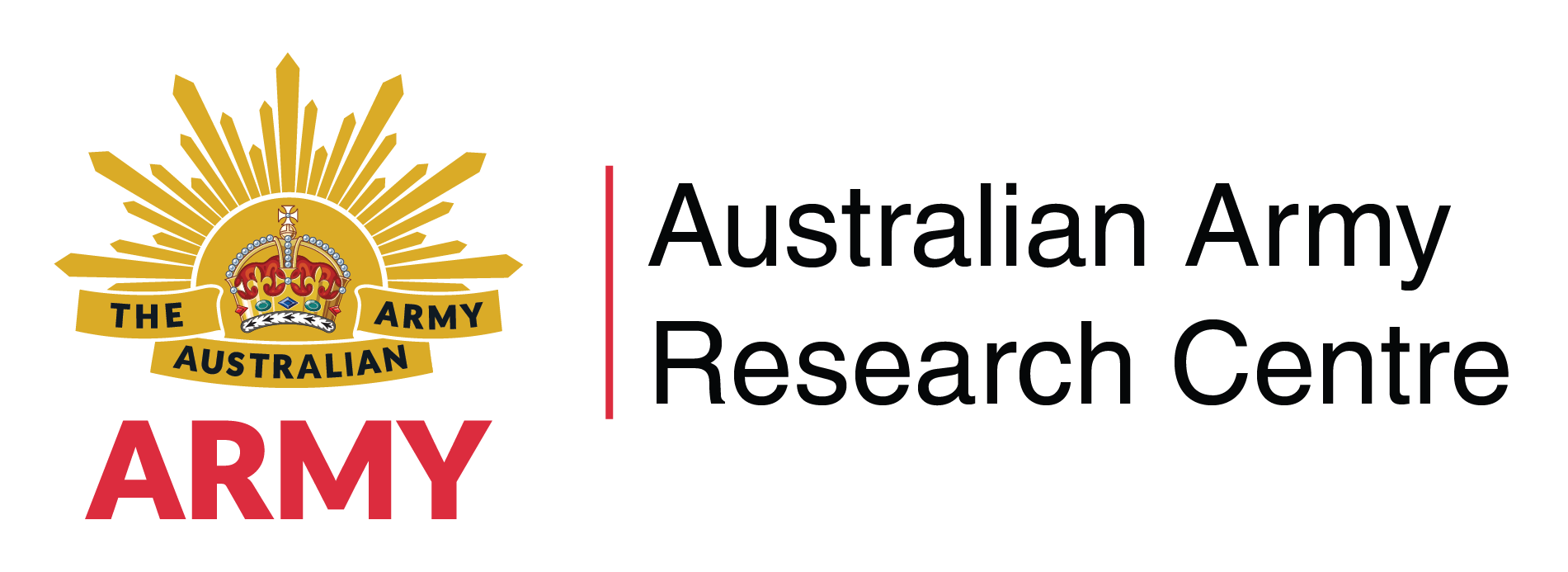Search
Using the filters to the left, click your selection, it will become bold and filter the results, click it again to remove that filter.
Phase 1—Identifying Barriers Introduction The emergence of increasingly capable robotic and autonomous systems (RAS) has been recognised as having the potential to become a disruptive wave, raising significant challenges as well as opportunities for militaries. Every major military force has now publicly declared an interest in either developing, utilising or banning RAS. Even world leaders, such as Russian President Vladamir Putin, have issued proclamations regarding its potential impact on the future …
Scalability Insights for Defence Executive Summary Prepare to Scale Scalability is about how an organisation’s performance responds to significant changes in workload. The workload may be changing in quantity (more, or less, of the same) or type (existing products and services, or new ones), challenging the current size and shape of an organisation. Sound familiar? Recent events (e.g. the COVID-19 pandemic) have forced many organisations—public, private and for-purpose—to rapidly scale: upwards, …
Preparing Army to Counter Small Uncrewed Aerial Systems Small uncrewed aerial systems (sUAS) are widely available, militarily effective and challenging to defeat. In this Occasional Paper on counter-sUAS, Dr. Carl Rhodes reviews the recent employment of sUAS and evaluates methods to sense and engage these systems. … Small Aircraft, Sizeable …
Lessons Learnt from the War in Ukraine Abstract Drone operations have added a new chapter to modern warfare. In Ukraine, uncrewed aerial systems (UAS) have become an important weapon to gain an asymmetric edge over Russian forces. The lessons learnt from the use of UAS in Russia’s war against Ukraine are almost innumerable and extend from the individual soldier level to tactical, strategic and government levels. This paper summarises highlights from the first evidence-based research on the lessons learnt …
… Autonomous Cyber Capabilities and International Law on the Use of Force, Self-Defence, Intervention, and Sovereignty …
An International Comparative Analysis … Benchmarking Bottom Up Defence Innovation in the Australian Defence Force …
The Applied History of Domestic Operations Abstract How the military is employed domestically is shaped by anxiety: anxiety that fuels growth, and anxiety that constrains it. It is an area of war studies that uniquely impacts the citizens of a country, in a way that external military operations often do not. It is a particularly emotive area where policy and operations fail to apply historical lessons. This occasional paper seeks to provide the first definitive study of domestic operations in Australia …
Assessing Civilian Employer/Manager Support for Employees’ Part-time Military Service … Drawing on Reserves …
Abstract The mobilisation of national economies, industries and armed forces for war has long been a complex problem. Mobilisation brings a range of issues that both government officials and military staffs must navigate to be successful; it is no easy task. As great power competition increases across the globe, and the likelihood of conflict in the region rises, the Australian Army should consider the ways in which it might find competitive asymmetry if it were to be mobilised in defence of Australia. …
It has been said that the impact of climate change on small islands is no less threatening than the dangers guns and bombs pose to large nations. [i] Rising sea levels, ocean warming, soil erosion, and increasing frequency and intensity of natural disasters all impact most profoundly on the livelihoods, human security, food security and water security of the Pacific island countries that are least able to cope with these threat multipliers. In regions where natural resources come under strain—through …










